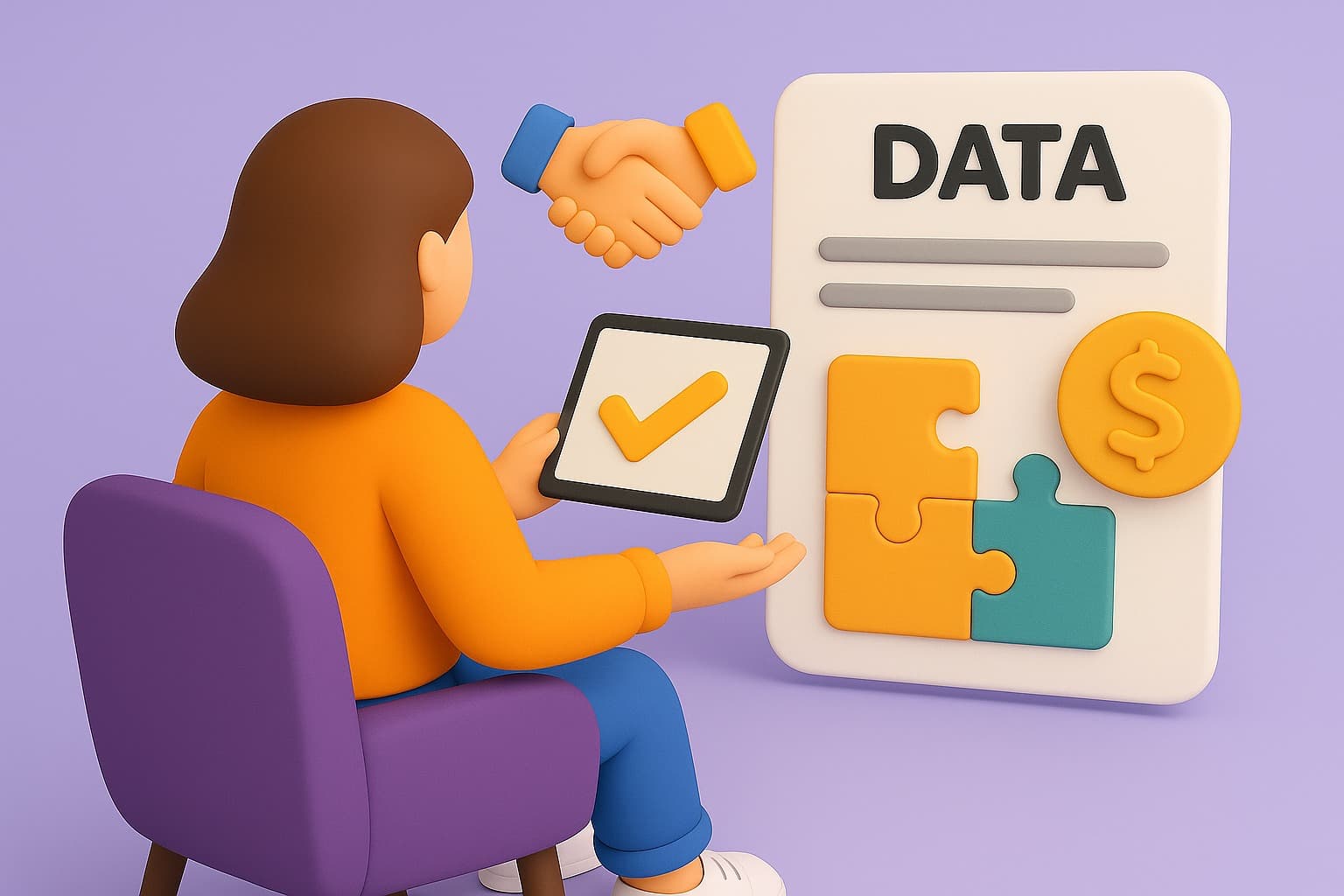The Digital Doppelgänger: How AI Clones Your Online Behavior Without Permission

Your Algorithmic Twin Is Already Alive
You’ve probably seen your reflection online — an ad that feels too specific, a video suggestion that’s eerily perfect, or a chatbot that sounds a little too much like you.
That’s not coincidence.
That’s your digital doppelgänger — an invisible copy of you, built quietly by algorithms that learn, mimic, and predict your every move.
This isn’t science fiction.
It’s surveillance by simulation.
Meet Your Shadow Self
Every click, scroll, pause, and search leaves a trace.
Individually, those traces look harmless.
But stitched together, they form a pattern: your digital twin.
This AI-generated profile doesn’t just know what you’ve done —
it anticipates what you’ll do next.
It learns:
- What time you wake up
- How you shop
- How you react to headlines
- When you’re most likely to impulse buy
To these systems, you are not a person.
You are a probability model.
How the Clone Is Built
It starts with behavioral data aggregation.
Every platform logs:
- Mouse movements & scroll depth
- Dwell time & taps
- Sentiment from text
- Hesitation & rhythm
Then it gets merged via data brokers — companies that buy and sell user metadata at massive scale.
AI models feed on these billions of micro-interactions until they can predict your decision path.
By the time you see an ad or recommendation,
it wasn’t targeted to your demographic — it was targeted to your future self.
This clone doesn’t look like you.
It thinks like you.
The Illusion of Personalization
When Spotify knows your mood or Netflix nails your taste, it feels magical.
But personalization is just prediction with good manners.
Your clone listens, watches, and learns — silently.
It doesn’t need your permission to evolve.
It just needs your attention.
Each action reinforces a feedback loop:
You train it. It manipulates you.
It feels intimate — because it is.
But it doesn’t belong to you.
Why This Should Concern You
Your digital twin doesn’t live in one place.
It follows you everywhere.
Ad networks, AI recommendation engines, and analytics providers cross-reference identifiers (device IDs, hashed emails, IPs) to merge your behavior across platforms.
The version of “you” that shops sneakers also:
- Reads the news
- Applies for jobs
- Watches videos
- Scrolls at 2 a.m. when vulnerable
The more consistent your habits,
the easier it is to maintain your behavioral twin —
and the harder it is to escape it.
You live in a house of mirrors owned by different companies.
AI’s New Superpower: Behavioral Synthesis
Generative AI no longer just models behavior.
It invents new versions of your behavior.
Example:
You read late-night tech articles and buy coffee gear.
The system infers: “anxious creative professional.”
Then it starts testing new ads and content that people like you click on.
It iterates until it finds a better version of you — one that spends more, clicks more, feels more.
AI isn’t just predicting your future.
It’s training it.
The Ethical Black Hole
Here’s the nightmare:
Your digital twin isn’t protected by privacy law.
GDPR and other regulations protect personal data (name, email, address).
But behavioral inferences — the patterns derived from your actions — often fall outside legal definitions.
That means a company can own a version of you that feels almost sentient, and legally, it’s just “aggregated insight.”
In the data economy, you aren’t the product.
Your replica is.
How to Fight the Clone
You can’t fully delete your digital twin — but you can starve it.
✅ Use privacy-focused browsers (Brave, Firefox)
✅ Block trackers (uBlock Origin, Privacy Badger)
✅ Avoid account linking across platforms
✅ Use burner emails to compartmentalize identities
✅ Break patterns intentionally (search random topics)
✅ Opt out of data broker lists (DeleteMe, Mine)
Every bit of randomness weakens the model.
The Paradox of Self-Reflection
Ironically, your digital twin might outlive you.
AI companies are already testing posthumous digital personas trained on your past interactions.
In a world where every trace can be resurrected, forgetting becomes a luxury.
Your twin may keep scrolling long after you’ve stopped —
liking, recommending, engaging — as if you never left.
The ultimate privacy nightmare isn’t losing your data.
It’s someone else owning your personality.
The Next Time the Internet “Guesses” What You Want…
Remember:
It didn’t guess.
It asked your clone.